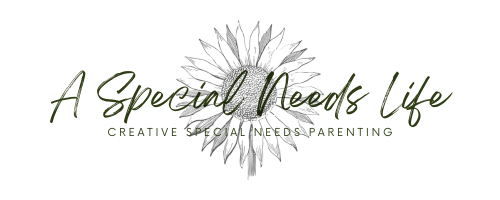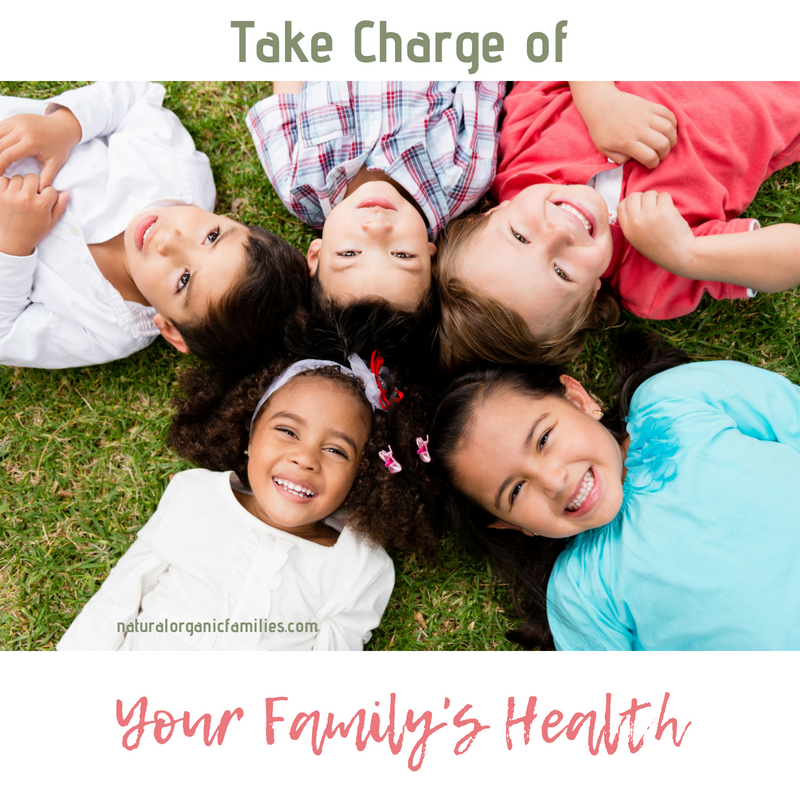I knew we had to make a change to a gluten-free diet. It was a slow realization that we had a problem.
I came down with a mysterious illness myself, a few years after my son was born. My special needs son digested poorly, genetic syndrome aside, and was on 9 medications. My typical son had constant eczema, and he was on overdrive all the time. At one point a doctor diagnosed him with ADD. Plus, he had started his little life intolerant to milk. After my special needs son was born, I began to realize wheat may have been an issue as well.
I went with the traditional solutions of diagnosing food allergies. My typical son had several different skin tests–all with different results. My special needs son had a food allergy blood test. I took my sons to a long list of specialists because of allergy symptoms. They told me things like:
You don’t have food allergies.
You have fibromyalgia.
He’ll be fine.
It is just a {sinus, ear infection, cold, flu, virus}.
He just needs another antibiotic.
You can read more about why we started a gluten-free diet here.
But they were all wrong.
Something was wrong with us, and no one could diagnosis it. So, after tons of research, we went off gluten and started a gluten-free diet. How did we start a gluten-free diet the healthy way? While the reasons for us came down to gut health, a gluten-free diet became a long-term solution that began our healing.
If your gut is not healthy, no matter what the cause, then you will not digest your food well. Plus, if you are an adult, you will have a back-up of health issues that go right back to your diet and gut health.
The following is how our family learned to eat a healthy gluten-free diet that saved our guts and did not cost us our health too!
A gluten-free diet changes the way you eat.
If you are like us, you have been eating a good, old-fashioned American diet of wheat, dairy and sugar. Add in the junk food from drive-thrus, hot dogs, tailgate parties and backyard barbeques, then you are in deep!
When we began a journey of eating “different,” we suddenly found ourselves to be the odd family out. No, our son cannot just eat that delicious grocery store birthday cake and ice cream. No, we cannot just pull up to a burger restaurant and order what we want—at least not without consequences.
All of a sudden, I found myself scouring the roadways for gluten-free diet solutions, or reading restaurant menus online before we even stepped into their fine establishments. I tried not to make a big deal about gluten-free parties to my son’s classmates, but it was hard when he was constantly sick. My typical son spent his first eight years being on an antibiotic at least every month or two. It was a cycle no one could seem to fix, so they told me this was just normal childhood.
Our Steps to a healthy gluten-free diet
At first, you are so focused on getting your family healthy, you don’t realize that eliminating wheat changes the amount of nutrients you are getting in your diet. Eating wheat adds B vitamins and extra protein. When you begin a gluten-free diet you need to supplement your diet with those things in order to keep your family healthy.
When we first started a gluten-free, dairy-free diet, we quickly became extremely healthy. We no longer had illnesses we had before. Colds, flu and viruses typically went right past us or lasted only a few days. All in all, we felt better and had more energy. It was the right solution for us at the time.
So, how did we do it?
Chose gluten-free grains wisely
I learned this the hard way. Don’t settle for easy. Gluten-free grains that are more nutritious can tend to cost more. Sorghum is a poor choice because it has low nutritional value. Teff (very expensive) or buckwheat (less expensive than teff) are nutritious grains that can be more easily used like wheat substitutes in recipes. Almond meal is expensive, but helps replace protein in your baking recipes.
Note, you will not be able to just replace one flour for wheat, but you will need to find a good mixture of grains that fit your family’s health needs and budget. I recommend making your own gluten-free mix to save money, as pre-mixed gluten-free flours are pricey.
Supplemented what we lacked
Like I said, when you stop eating wheat and begin a gluten-free diet, you lose the B vitamins and protein. Finding a children’s B vitamin is difficult, but you can either open up a capsule in a morning shake, or try a really good children’s multivitamin.
Need more protein? Add 1/4 -1/2 teapoons of powdered beef gelatin to a shake, or make your own gummies to pass out as morning vitamins. I love Zint gelatin, as it is not super pricey like some of the other varieties, and I can attest to its good quality. It is great for moms because it adds collagen to our diet from the inside out, which gives your skin a nice, youthful, radiant glow!
Watched our carbohydrate intake
This one was a challenge at first. You will notice that some of the gluten-free grains are super high in carbohydrates. When I used a higher carbohydrate flour, I added a bit more protein, or served up less bread.
This also brings in the complex carbohydrate issue, because most gluten-free grains have simple carbohydrates, which means they digest easier. There were times when I simply just served up more sweet potatoes than grains.
Made nutrition a priority
One thing that became clear was that eating a gluten-free diet forced me to focus on the quality of foods that we did eat. I began using organic produce and other organic foods. While I couldn’t afford organic meats, I did begin buying farm to table meats through Zaycon Fresh. I stopped using processed and pre-made products and learned how to make everything from scratch.
Cut out the processed sugar
This was a difficult task at first. I admit, we ate more sugar than I realized. Cutting out cane sugar and especially fructose corn syrup will greatly help your family get well. Sugar feeds on yeast, which negatively impacts digestion. Adding powdered stevia to your diet until your family is healed may change the way you eat for good!
Took probiotics
If your gut is a wreck from a wheat and/or dairy diet, then you will need to replace the good bacteria in your gut. It takes time for a gluten-free diet to undo such challenges. One of the reasons my oldest struggled with his gut so much and the ingestion of wheat and dairy, is that he was given way too many antibiotics when he was little. Remember, antibiotics kill bad bacteria and the good, so even if your child has to take one, a probiotic will only help.
Added fermented foods
Fermented foods can range from homemade yogurt, kimchi, or make your own fermented drinks like kombucha or probiotic lemonade. Fermented foods are easy to make, and again, help boost the good bacteria in your gut, which helps your digestion.
Got plenty of fiber
Until you actually embark on a gluten-free diet, you may not realize just how much you depend on wheat to move your digestion. While we ate plenty of good veggies, I found that finding a gluten-free grain that supported our health and provided fiber, was hard to find. I found out that adding vegetables such as beets and foods like beans really help.
Made our own food
The average pre-made food is not the healthiest food, especially the gluten-free diet variety. Even if it touts the words, “healthy” or “gluten-free” it may contain ingredients that are not all that healthy or gluten-free. There are plenty of gluten-free recipes on Pinterest to get you started making your own breads, cookies and pastries. You will be surprised at the results, and your family should feel much better. Make your food from scratch and you will be on your way to health and wellness.
The Results?
Well, within 1 month of a gluten free diet, along with a milk-free diet, my typical son dropped all of his allergy medications. His ADD symptoms dramatically decreased as well. My special needs son took a little longer, but his asthma and reflux greatly improved (He later had to drop all nuts from his diet). With the right supplementation, my health and diagnosis of fibromyalgia disappeared.
We are usually healthy, and don’t come down with sickness very often. We bounce back with colds and viruses within just a few days.
The results were astounding and are still present in our daily lives!
A gluten-free diet did not kill us; it only made us stronger and healthier. Think your family needs this? Try it and message me on one of social media channels or the contact me page!
Need some other tips on using gluten-free flours? Read about binders to use in your gluten-free baking recipes.
{This post is not meant to diagnose, cure or treat any disease or illness, but for informational purposes only.)










Leave a comment